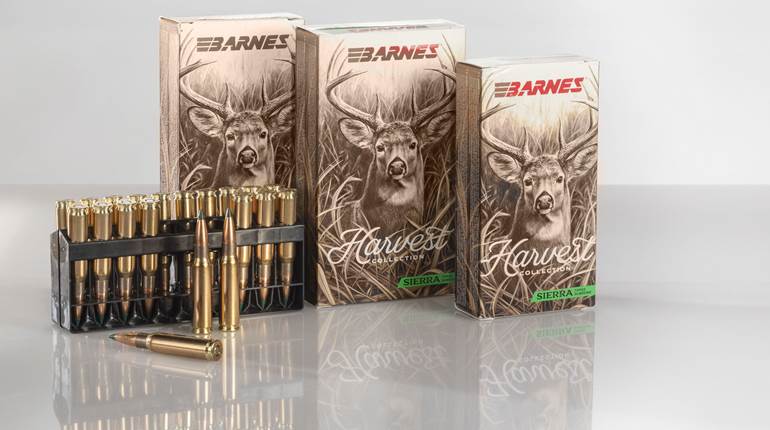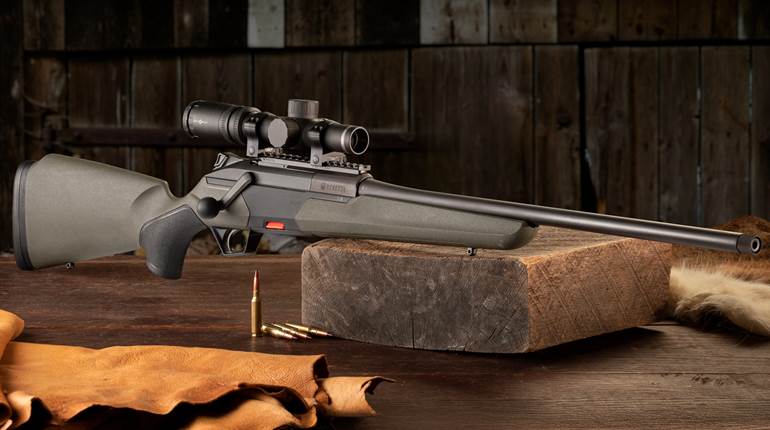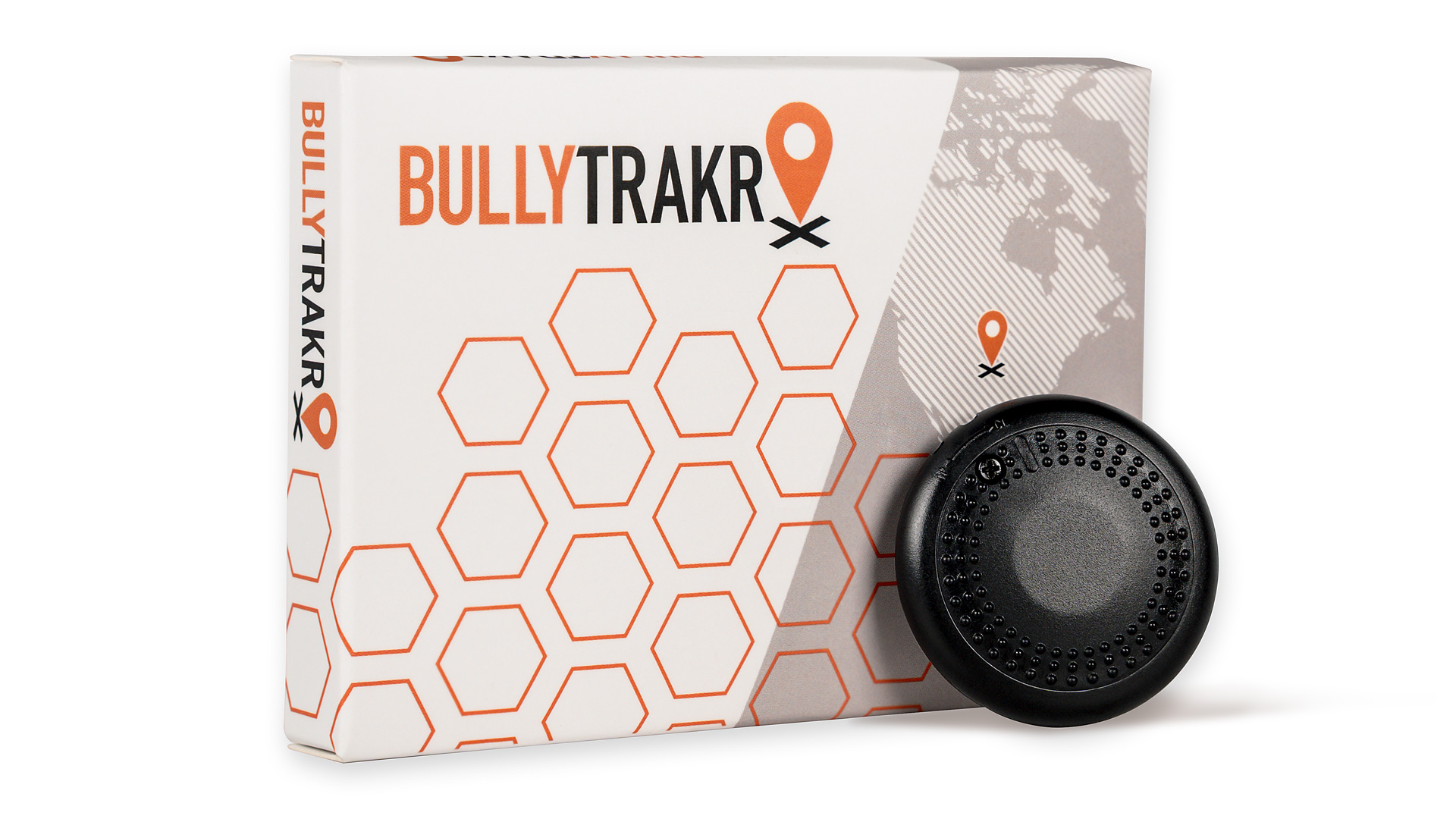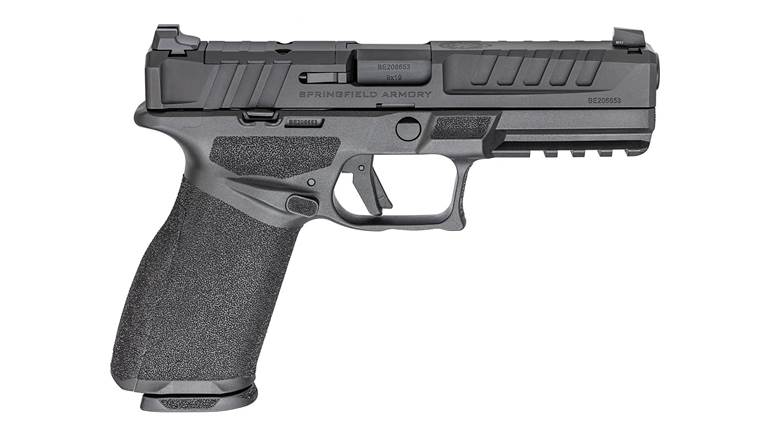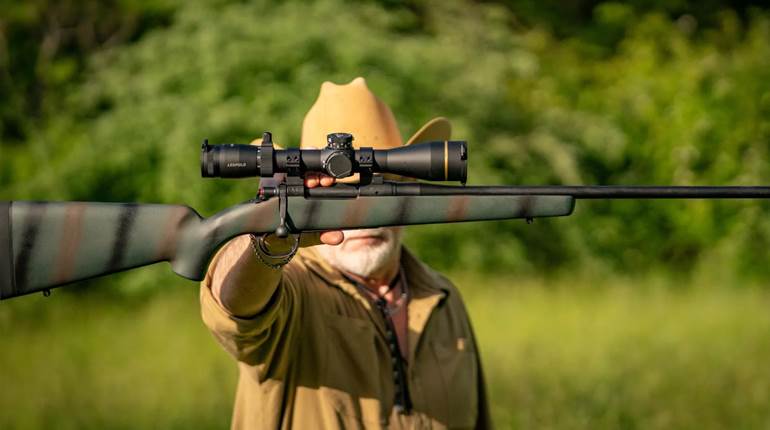
Our most enduring rifle design, the two-lug, bolt-action rifle, is a product of German engineering. More than a century ago Peter Paul Mauser took the bolt gun to what many believe is its pinnacle with the Model 98. There is little doubt that Germany’s legendary mechanical brilliance has made a huge impact on sporting rifles, and that Mauser’s classic design continues to define the guns we hunt with to this day.
But the preeminent hunting rifle made in Germany today, the Blaser R93, couldn’t be more different from Mauser’s creation. It is a bolt-action, although a much different straight-pull design, and it certainly is a product of German engineering. I would add that the design reflects the same genius of mechanical function and execution that the Mauser so proudly represents. But Blaser does it with a modern flourish, as the designer had the assistance of computer-aided design (CAD) and modern computer numerical control (CNC) machining. These advancements, coupled with a mind tuned to their use, opened opportunities and delivered results unavailable in Mauser’s time. Oddly enough, Mauser is owned by Blaser today.
The road leading to the R93 was first walked by Horst Blaser, a mechanic who drove a milk truck for his father. That might well have remained his path, except he fell in love. The young lady’s father did not approve of Blaser’s profession, as he believed that it would not provide well for his daughter. The man bluntly told Blaser that unless he studied to become a gunsmith, like himself, he would not allow them to marry. Luckily for the hunting world, Blaser became a gunsmith.
Blaser took to the profession, but rather than accept the status quo he questioned the order of things. He looked for ways to lighten the guns. But most of all, he wanted to design a gun that was safer than those available at the time.
Introduced in 1957, the Diplomat over-under rifle/shotgun was the result of his efforts. That design, in which the gun is uncocked and safe until ready to fire, defines a Blaser hunting rifle even today. Blaser introduced its first bolt-action, the SR 830, in 1983, and it was the rifle that helped to open the American market when Gerhard Blenk contacted Blaser about importing and selling rifles in the United States. The rifle was “Americanized” by using a conventional cocking system and safety. It was called the “Blaser Ultimate” until 1986, when the name was changed to the R84. This story is significant because in 1985 Blaser sold the company to Blenk.
Through the next 15 years Blenk built the company until it was Germany’s largest hunting-rifle manufacturer. Blenk was a passionate and experienced worldwide hunter. He had a concept for what he believed to be the ultimate hunting rifle. He worked with the head of research and development for Blaser, Meinrad Zeh, to develop this idea. Zeh was a master toolmaker with a deep knowledge of firearm technology, and the two formed a strong team.
Using the latest developments in CAD, they created a new, completely “outside-the-box” bolt-action rifle, the R93, introduced in 1993. Blaser has undergone some huge changes in the years since, including a few changes in ownership, but the rifle remains. Today the company is owned by Michael Lüke and Thomas Ortmeier and run by Bernhard Knöbel. Knöbel is a trained gunsmith with sharp business skills and is a passionate hunter, and the Blaser USA division is being run by Norbert Haussmann, who also is a trained gunsmith.
The R93 is the company’s flagship rifle. Like most great ideas, it was ahead of its time. It’s a straight-pull bolt-action. There is no need to turn the bolt up or down; instead, you simply pull straight back on the bolt handle to open the action, and push it straight forward to close the action. The modular design allows for swapping parts to create anything from a long-range precision tactical rifle to a dangerous-game gun to a varmint hunting rifle. You can have a rifle with a pragmatic synthetic stock or one with Grade 11 Turkish walnut. The R93 is accurate, reliable, fast for use in the field and it can handle just about any modern cartridge. Switching from a .416 Rem. Mag. to a .223 Rem., or any cartridge in between, takes only minutes.
My attraction is to the mechanical genius of this rifle along with its speed, reliability and accuracy. When it actually came time to order a rifle, I picked the Professional grade with a synthetic stock, which is reasonably priced considering the performance. While most of the wood-stocked models use a two-piece stock system, which leaves the receiver open for engraving or other embellishment, the Professional has a full-length stock and no visible metal receiver.
The barrel is hammer-forged, chamber and all. Many makers hammer-forge their bores, then cut the chambers in a separate action. Blaser slips a slug of metal on a mandrel and when the machine is done pounding it into shape, a complete barrel is removed. This helps maintain precise chamber dimensions such as those for ultra-critical headspace. No room for reamer wear or operator error, every barrel falls within tight tolerances. The barrel has a slot cut into the bottom to mate with the receiver-mounted recoil lug. There are two threaded studs protruding from under the chamber area that are used to tighten the barrel to the action. Two dovetails are on the top to mount a scope with the Blaser quick-release mounting system. On some models there are iron sights. Of course, there are options such as fluting or the aforementioned octagon barrel.
The groove cut into the rear of the barrel into which the bolt locks is the heart of this design. Rather than two or more lugs on the bolt that turn into a recess in the receiver to lock the action, this bolt has a collet behind the head. The slotted collet has a raised ridge in the front. As the bolt is closed and cammed shut, this collet is pushed forward against a tapered section at the rear of the bolt head. This causes the front ridge to expand outward and into the groove in the barrel, locking the bolt to the barrel in a full 360-degree contact. The harder the bolt pushes back, the tighter the collet holds, which means upon firing the pressure pushes against the bolt face and the action actually holds tighter.
The bolt has a substantial extractor and a spring-loaded button-style ejector in the face. The bolts are simple to change. After pulling back on the bolt handle, push down on the bolt release and remove the bolt assembly from the rifle. Then push against a spring-loaded latch on the bottom of the assembly, which will release and swing open on a hinge. This frees the bolt head assembly to be pulled out of the front, leaving behind the firing pin and spring. To switch cartridges simply pick the bolt head size needed for the cartridge and install it in the bolt assembly. Screw the correct barrel onto the receiver with the two screws, switch the magazine and push the bolt assembly back into the gun.
The magazine is locked inside when the bolt carrier is inserted. A spring-loaded hinge assembly on the bottom of the magazine pushes the magazine upward, against the bottom of the receiver, for proper alignment with the bolt assembly. Inside the magazine the equivalent of a cartridge follower pivots to keep pressure on the cartridges in the magazine. One magazine fits several cartridges. For example, the one with my .300 Win. Mag. barrel and bolt lists nine cartridges on the side. That means that often only the barrel must be purchased for a new cartridge as the bolt and magazine are multi-cartridge.
The trigger is in the receiver/stock assembly and raises a pin out of the top of the back side of the receiver. This pushes up on a lever in the bolt assembly and releases the firing pin. The trigger on my rifle is one of the best I have ever tried from a factory rifle. It breaks cleanly and crisply at only 1 pound, 8 ounces. The safety is pushed forward to cock the rifle, which means that the rifle is carried uncocked until it is ready to fire, making it one of the safest hunting designs ever. If you decide not to fire, pushing forward and down releases it and allows you to return to the uncocked position. After firing, the gun recocks automatically each time you work the action so all you have to do is pull back on the bolt-handle, push forward on the bolt-handle and pull the trigger. The straight-pull action is faster than any other bolt-action design. If you don’t fire, simply release the safety to uncock the bolt.
As you may have guessed by now, I like the R93. With a suggested retail price starting at $3,039, this unique and innovative rifle is a modern marvel of engineering and design. Is it the perfect modern hunting rifle? There are many who believe it is. But I am reluctant to describe any rifle as “perfect” for one simple reason: I think calling anything “perfect” can have a retarding effect on further advancements, and while the R93 may be the pinnacle of hunting rifles now, who knows what may be next. Just imagine if we stopped looking for new rifle designs after the “perfect” Mauser came out. There would be no R93, and so with that thought, I am eager to see what the German mind can do with the next hunting rifle.












